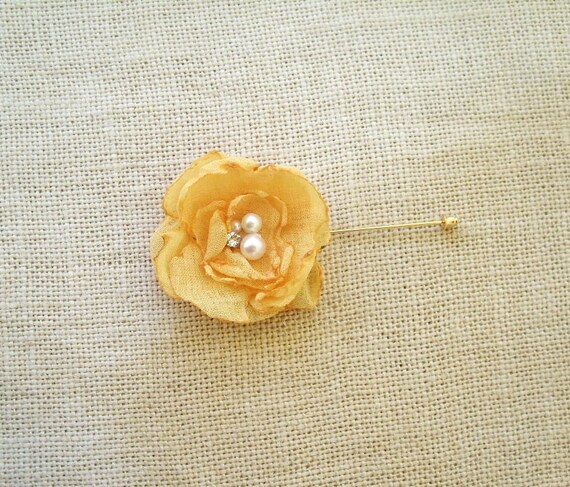

As a result, this tradition was known as "wearing a lady's colors." By sporting this token, a knight could demonstrate that he was supported in battle by a lady who adored him. As a token of their affection, a female admirer would give a knight something he could wear into battle, most likely a scarf or a flower, the color of which would match what the woman was wearing. Instead, they were knights in shining armor-literally. In that time, men weren't accountants and computer technicians. The tradition of wearing a boutonniere, however, is rooted in Medieval times for a much different reason. Wearing a boutonniere is all about looking your best.


You can also use two needles to add stability.
BOUTONNIERE PINS HOW TO
Q: How to pin on a boutonniere (4 simple steps) It is for this reason that a boutonniere can really be worn anytime the wearer considers it appropriate, especially in these days of "anything goes." The only time when a boutonniere is really not appropriate is when a gentleman is not wearing a jacket. A boutonniere represents the quintessence of masculine luxury, and it makes a positive statement of personal sophistication and luxury.


 0 kommentar(er)
0 kommentar(er)
